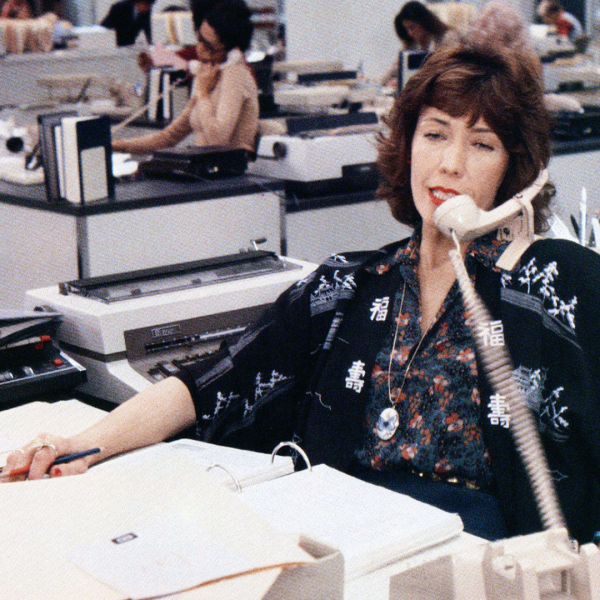The bundling of streaming services is upon us. It’s a good start, but not nearly the level of integration the industry needs to thrive, new research from MoffettNathanson cautions.
Verizon’s new bundle with Netflix and Max means a discount for customers, and lower churn for the streamers — but don’t conflate bundling with integration. We’re still stuck with discrete search functions (not to mention interfaces.) Only if and when these are integrated can the combination’s full potential be realized. Until then, we’re at a “sorry pass,” the media analysts wrote in a Wednesday note sent to clients (and obtained by IndieWire).
For Verizon myPlan customers, the only thing that’s seamless about their Netflix and Max plans is is the billing. User experience, famously poor with Max’s predecessor HBO Max, can be just as important as price in service selection. A bundle of standalone streamers “does nothing whatsoever” to address that, MoffettNathanson wrote.
Some integration can be handled internally: Paramount+ and Showtime OTT became Paramount+ with Showtime in record time. There are similar possibilities with Disney+ and Hulu, or if Warner Bros. Discovery or NBCUniversal bought Paramount. But there’s a third option.
What if an established gatekeeper — say, Roku — brokered streamer integration? It already does integrated search “better than most,” MoffettNathanson wrote, adding: Apple TV (note: not TV+) does it “very well” and (Comcast and Charter joint venture) Xumo “arguably does better still.”
Integration is very difficult no matter how it happens. At a minimum, it means streamers must allow access to their programming metadata — and meaningful integration demands access to permissions data that reflects whether customers are an ad-supported or an ad-free.
For all that backend work and sharing of sensitive information, the result would still be an imperfect user experience. As the report’s lead analyst Craig Moffett wrote, integrated search “still requires umpteen clicks to leave one interface and enter another.” He added, parenthetically, “hopefully without the need to re-authenticate.” Oh God, right, that.
The home run here, from a consumer standpoint, is interface integration. (As we’ve written a thousand times by now: just like cable. We’ve screwed ourselves so badly; maybe we could just reattach the cord?) But the customer is not always right.

YouTube TV, Apple TV (again, not TV+), and Amazon (not Prime Video), could integrate various streamers into one interface today. It would still require users to subscribe to each service they want as an add-on through their preferred channel marketplace, but that’s not a huge problem. A huge problem: Not every service is available through every marketplace. (Looking at you, Netflix and Disney+.)
Netflix is not available on Apple TV, Amazon Channels, or YouTube TV. Disney+ is not on Amazon or YouTube, though you can click-through from Apple. (Peacock is in the same boat as Disney+.)
Netflix may have won the streaming wars, but not all combatants are allies — and they’re not about to be. The most successful streamers aren’t going to aggregate under a third-party’s brand with a single unified name (for a single unified price). To stretch the battle metaphor, that would be retreating when you’ve captured the flag. And the only streamers that might be up for that, as Moffett put it, “are also currently fielding offers on their office furniture.” Hey, good lumbar support doesn’t come cheap.




